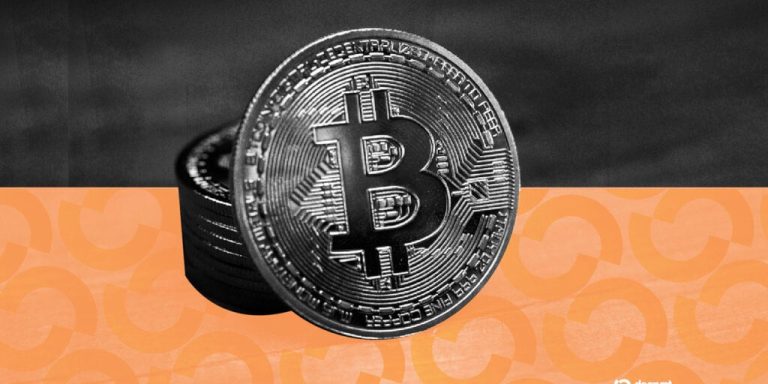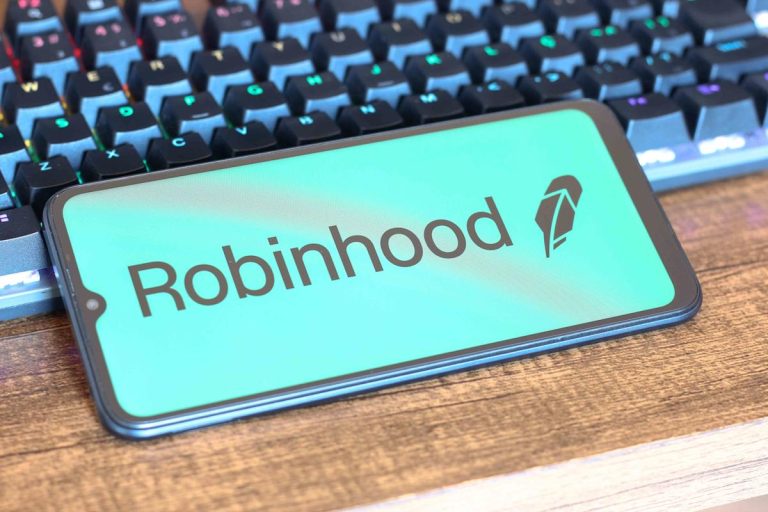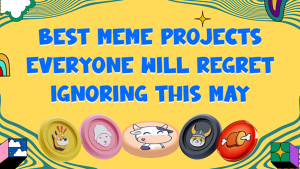LONDON, ENGLAND – AUGUST 15: (EDITORIAL USE ONLY. NO STANDALONE PUBLICATION USE (NO SPECIAL INTEREST … More
In 1997, David Bowie did something Wall Street hadn’t seen before. He securitized the future royalties of his first 25 albums, raising $55 million upfront in a deal now known as the “Bowie Bonds.” The proceeds let him buy back the rights to his music. By 2007, investors were paid in full and Bowie had regained control over his catalog. It was a win-win. It made headlines at the time but didn’t spark a broader trend.
Now imagine if someone like Taylor Swift were to do the same thing today. Not through a traditional bond deal with a single insurance giant, but through tokenization. The difference isn’t just scale. It’s access. Tokenization would allow her to raise capital directly from fans, offer real ownership in her catalog’s future, and tap into crypto-native financial rails that make it possible to trade, borrow against, or build on top of those assets in real time.
That’s not just a more efficient version of what Bowie did. It’s a fundamentally different model for how culture can be financed and owned.
Even in 1997, without a direct-to-fan distribution channel or crypto infrastructure, Bowie Bonds attracted serious institutional interest. Today, a global superstar like Taylor Swift, whose Eras Tour became the first tour in history to gross over $1 billion, would likely command an even higher premium for a similar deal. And it wouldn’t just be insurers bidding. Fans, hedge funds, and sovereign wealth funds would all be competing to get a piece. The appetite is already there. The market for tokenized real-world assets (excluding stablecoins) reached $15.2 billion by the end of 2024, according to the token trading platform InvestaX. When you include stablecoins, a sector which the analytics platform DeFiLlama currently estimates to have a cumulative market cap of $242.81 billion, that number jumps to include several more digits.
What makes this different today isn’t just scale. It’s architecture. Tokenized royalties on crypto rails offer something Bowie never had: fractional access for fans, instant global liquidity, smart contract-based payouts, and secondary markets from day one. It would be straightforward to borrow against the value of tokenized streams. Celebrities could even experiment with issuing equity-like creator coins rather than just debt.
So far, tokenization has mostly concentrated at the extremes. On one side are the most liquid assets in the world, like stablecoins, treasuries, and tokenized cash equivalents. On the other are the most illiquid, including private credit, real estate, and fund secondaries. But there’s a massive middle that crypto hasn’t unlocked yet. Cultural IP sits squarely in that gap. It’s familiar enough for retail to understand, valuable enough for institutions to care about, and flexible enough to structure in entirely new ways.
There have already been early attempts at this model. Artists like Latasha have used NFTs to build loyal fanbases. According to OpenSea, roughly 80 NFT collectors have transacted with her digital collectables using 37.64 ETH, nearly $96,615.95. Meanwhile, platforms like Royal and Audius have experimented with offering fans ownership in music royalties. But despite the innovation, none of these efforts have broken through to the mainstream. Audius, for instance, launched a token and partnered with major artists like Skrillex and Diplo, yet the music startup’s namesake token remains priced at roughly $0.08 each, having never regained the 2021 peak of more than $4 each. Sound.xyz, another one of the most prominent music NFT platforms, recently announced it was shutting down via a post on X.
Part of the challenge is that wallet infrastructure and crypto onboarding still add friction, especially for casual fans who aren’t already steeped in Web3.
Even star power hasn’t always been enough to tip the scales. When Beyoncé backed Tidal, it offered exclusive content and artist-first economics but still struggled to draw users away from Spotify. Tokenization faces a similar dynamic: it needs more than just celebrity participation. It needs distribution, UX, and cultural momentum. The tech exists, but mass adoption will likely come when artists with global audiences use these tools not as a novelty, but as the default way to own and monetize their work.
Swift’s journey to reclaim ownership of her music underscores the challenges artists face within traditional industry structures. In 2019, Swift’s former label, Big Machine Records, was acquired by Scooter Braun’s Ithica Holdings. The companies then transferred the masters of Swift’s first six albums without her consent. Swift publicly criticized the sale, expressing her dismay over not having the opportunity to purchase her masters and accusing Braun of years of manipulative behavior.
In the aftermath, she negotiated a new contract with Republic Records that ensured she would own all her future masters. It was a shift that reflected not just reaction, but intention. She then began re-recording her earlier albums and releasing them as “Taylor’s Version,” a move that not only allowed her to regain control over her work but also set a precedent for artists seeking autonomy over their creations.
Swift’s decision to re-record her albums was met with overwhelming support from her fanbase, who embraced the new versions and propelled them to commercial success. This collective action demonstrated the power of fan engagement in challenging industry norms and supporting artist autonomy. Tokenization could amplify this dynamic by enabling fans to invest directly in an artist’s work, aligning financial incentives with artistic appreciation. By purchasing tokens linked to music royalties or creative projects, fans could have a tangible stake in an artist’s success, fostering a deeper connection and shared sense of ownership. Such a model could redefine the artist-fan relationship, transforming passive consumption into active participation.
The infrastructure to power something like this already exists in pieces. Tokenizing future royalties would require a combination of legal compliance, financial engineering, and seamless onchain user experience. It would need the trust of traditional finance, the composability of crypto, and the accessibility of consumer tech. The players best positioned to pull this off are those who can bridge those worlds. Not just with the right technology stack, but with the cultural fluency to understand what it means to invest in a person, not just a product.
This kind of model is arriving at the exact moment the world is ready for it. The appetite for alternative assets has never been higher. Traditional markets are saturated, interest rates have redefined risk tolerance, and crypto has matured just enough to offer the tools without demanding full decentralization from day one. At the same time, fans are more financially literate, and creators are increasingly looking for ways to own and monetize their work without middlemen. The timing isn’t just good. It may be inevitable.
For fans, this isn’t just about yield or access. It’s about connection. Owning a piece of someone’s catalog, especially an artist who shaped your adolescence, your breakups, or your ambitions, isn’t just an investment in cash flow. It’s an investment in meaning. The line between patronage and participation is starting to blur, and crypto gives that sentiment a technical foundation.
Of course, some will say this turns culture into a financial instrument. That putting a price on art cheapens it. But culture has always been a marketplace. Concert tickets, merch, fan clubs, and VIP experiences are all ways people pay to get closer to what they love. The difference now is that the value doesn’t just flow one way. Tokenization gives fans a stake in the outcome. And if ownership changes how people relate to an artist, that might not be dilution. It might be depth.
Tokenization doesn’t need to wait for institutional adoption on Wall Street to prove its value. It just needs use cases that people care about. And few things command more attention, loyalty, and emotional capital than culture. A token tied to music royalties or brand equity isn’t some fringe experiment. It’s a tangible expression of where finance and fandom are already heading.
Institutions are already laying the groundwork. Major banks and asset managers have begun experimenting with tokenized assets, and some of the largest blockchain rails are pivoting to serve this exact category. What began as a fringe innovation is now on track to become the backend of mainstream finance.
Taylor Bonds. Swifty Equity. Whatever you call it, the model is clear. It gives creators more control, fans more access, and crypto a purpose it has been chasing for over a decade.
The question isn’t whether someone will do it. The question is who will do it well enough that everyone else follows.










